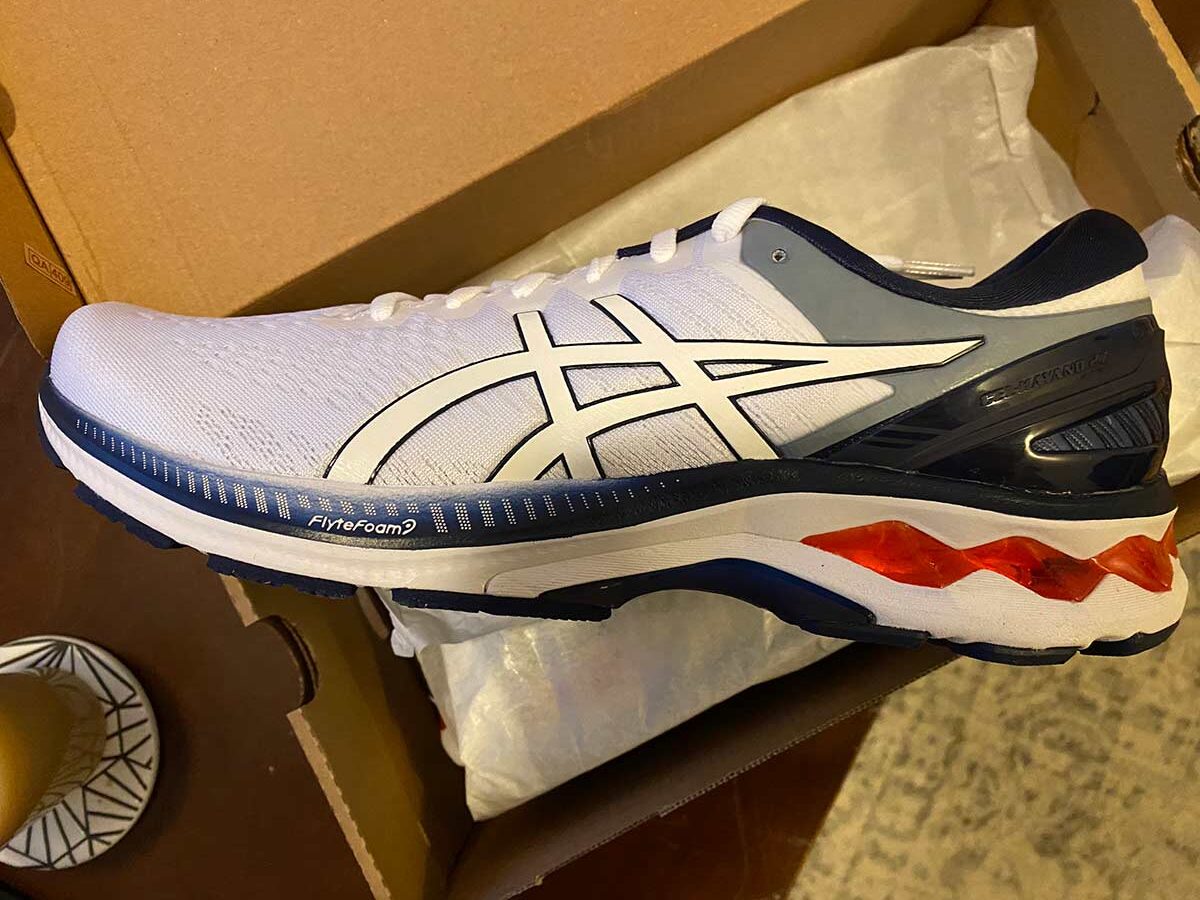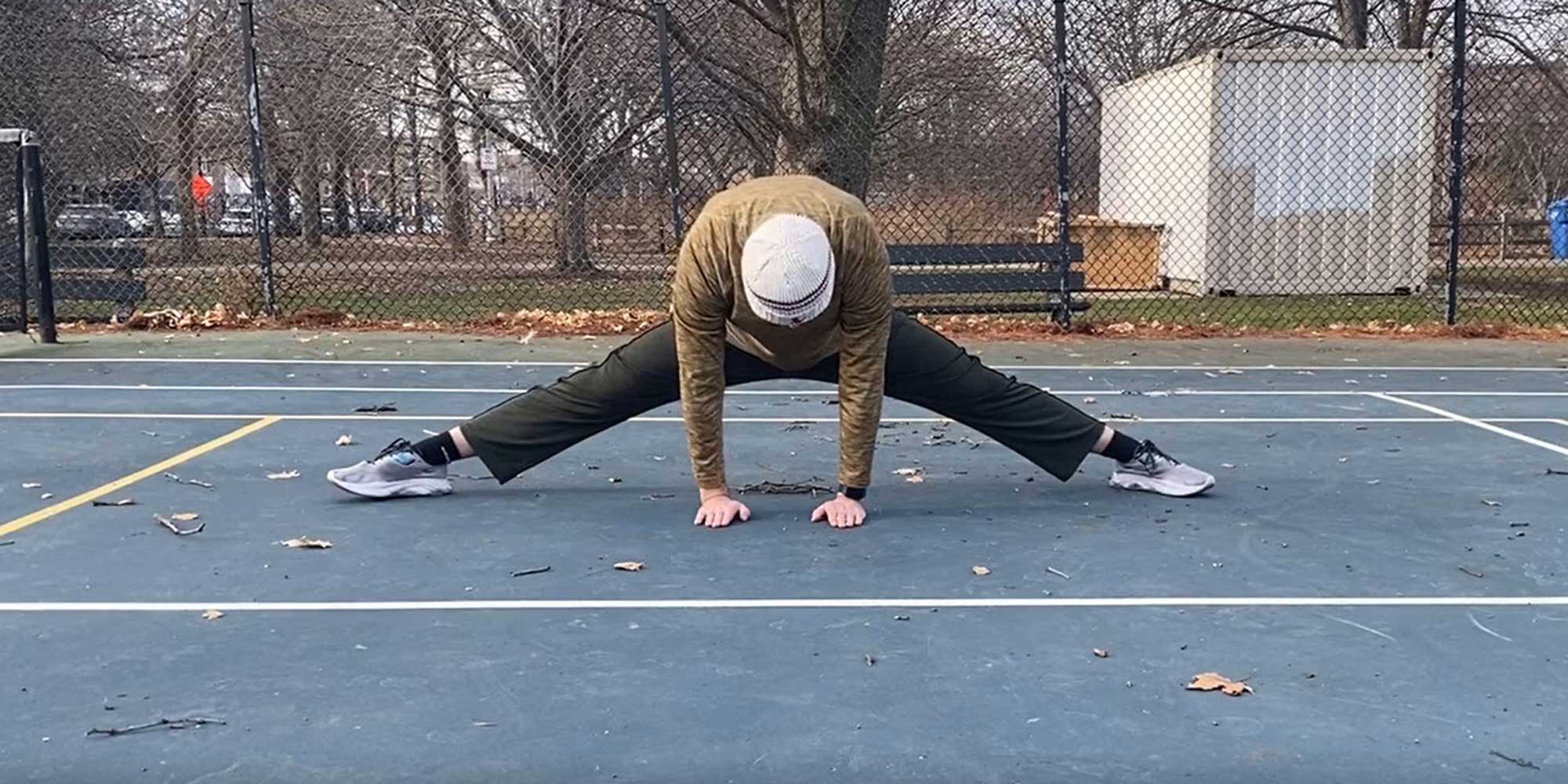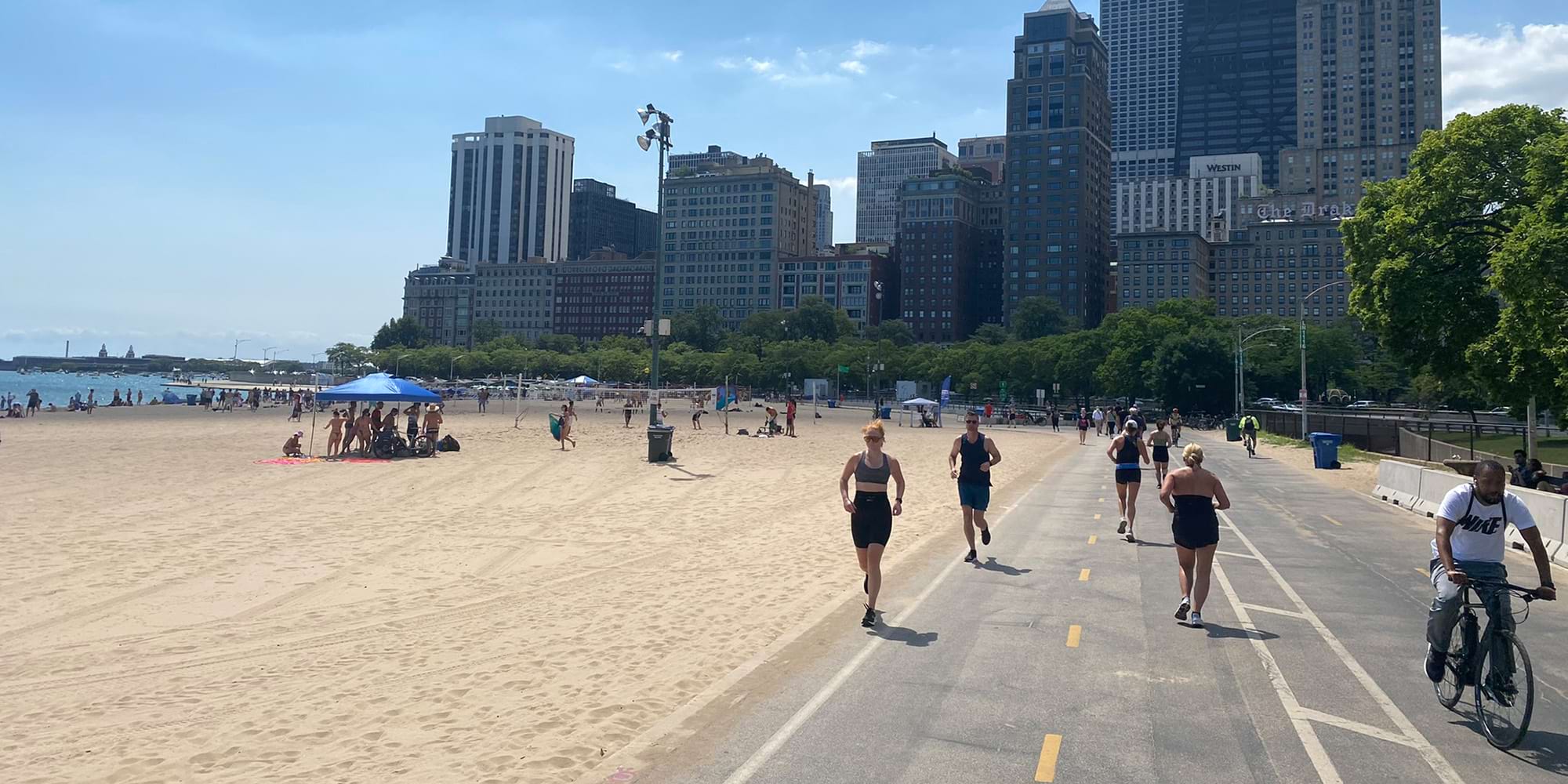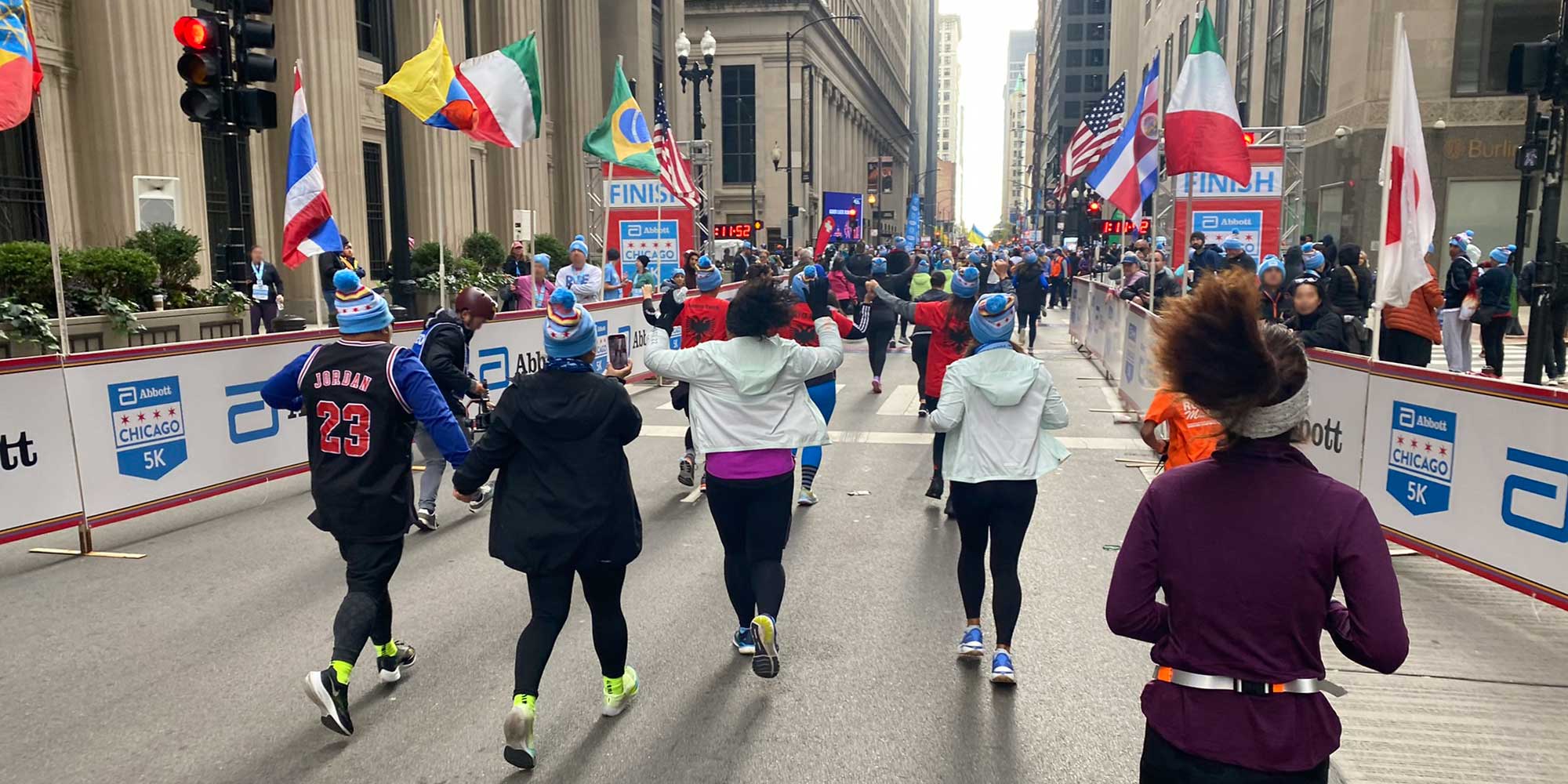This guide is meant to help a beginner start running or help a beginner progress if they already have some experience. It’s not meant to tell someone exactly what to do. People vary in their fitness level, weight, age, etc. It’s not possible to give exact instructions to everyone. The idea is to read it over and decide on a course of action that works for you.




Before we get into the details, let’s quickly go over some basic principles of distance running.
- Gradually build up your weekly mileage.
- You want to have high quality shoes that are made specifically for running.
- Try not to eat much in the two hours before a run. Something small like a banana is fine.
- Stretching and warming up are very important to performance and injury prevention.
- The goal is to run far, not fast. Beginners tend to get caught in the “run too fast and then stop” loop. Speed will come over time.
- You should usually take a rest day after a hard run.
- Run outdoors when possible. It’s more enjoyable, engaging, and exciting.
- When I say running I also meaning jogging. It’s just easier to say one word.
“If you want to become the best runner you can be, start now. Don’t spend the rest of your life wondering if you can do it.”
– Priscilla Welch
New York City Marathon Winner
1 Buy shoes (and maybe some other stuff).
The only thing you need is a good pair of running shoes. They’ll be more comfortable, allow you to progress faster, and possibly prevent injuries. There are different kinds of running shoes, so for your first pair you should go to a running store where you can get fitted. Don’t go to a general sporting goods store, it should be a place that specializes in running. Running stores are common so you shouldn’t have to go too far. Expect to pay between $100 and $200.
A smart watch isn’t necessary but it’s great to have. It can track miles, calories burned, pace, heart, rate, etc. It’s good to have a log of how far and fast you’ve run because you can track your progress and train properly for a race. There are apps for smartphones that can do most of the same things, but I prefer a watch. It’s easier to have everything on your wrist and you can leave your phone at home.
I’m assuming you already have workout clothes. You don’t need anything special but I would recommend polyester shirts, shorts, and underwear (most workout apparel is polyester). It’s better because it doesn’t hold as much moisture as cotton. I would also recommend buying some new outfits. It feels good to look good and nice clothes might make you more excited to get out there. I prefer shorts that have a built in liner (kind of like a swim suit).

2 Start stretching, power walking, and strength training.
I know a lot of people really dredd stretching, but it’s essential to staying healthy. Think of it as part of the sport, it’s not optional. So start doing dynamic stretches before you walk or run. You can do static stretches after you exercise and on off days. It’s also a good idea to start doing some light strength training. That can be with weights or body weight exercises like push-ups and sit-ups.
Power walking (fast paced walking) is a great stepping stone to get into running. It’s lower impact, there is less chance of injury, it’ll help with weight loss, and it’s not as difficult as running. It will get your brain comfortable with the idea of doing cardio for a long duration. I still power walk.
An average person should be able to power walk 30 miles in a week without previous training, they certainly should not run 30 miles in a week without previous training. You can power walk everyday, no problem. Between 15 and 17 minutes per mile is a good pace. Don’t be afraid to go on a long walk of two hours or more, it’s a good workout and an enjoyable calming experience.
Challenge: Power walk 6 miles in 90 minutes.

3 Start eating better.
Maybe you already eat healthy, which is great. I’m not going to go on a high horse rant about how you should quit sweets and never eat pizza. But I do think that a runner should have a decent diet. It will make you lose weight and make running feel easier. Going on a run after you ate fast food is not going to be a pleasant experience. You should also make an effort to always be hydrated and not drink alcohol the day before a run.
Challenge: Cut out something unhealthy from your diet that you regularly eat. Maybe it’s milk, pop, fried foods — you choose.

4 Start running slowly.
It is ok to run slow, especially at first. Try to run (or jog, whatever you wanna call it) with a time goal in mind, not a distance goal. For example, try to run an hour without stopping. If you only cover 4.5 miles in that hour, that is ok. You can most likely run for longer than you think.
I always assumed that I could only run two miles or so because I thought of running as an intense exercise where I would be gasping for breath at the end…I was going too fast. If running without stopping is too challenging for you, a good strategy is to combine running with walking. You can try to run 1 mile, power walk 1 mile, and repeat. You can change around the distances, the ultimate goal is to cover long distances.
Don’t forget to stretch before and after! It’s very important. Also, don’t run on a treadmill if possible, exercising outdoors is what makes the sport fun and adventurous.
Challenge: Run for an hour without stopping, the distance covered doesn’t matter.

5 Start running regularly — 3 or 4 days a week.
You don’t need a training plan yet. For most beginner’s they aren’t necessary. When you’re starting out you should enjoy the freedom and adventure, a schedule can make it less exciting.
If you’re a regimented person that likes to have a plan, try this:
- Week 1 – 8 total miles – 3 runs
- Week 2 – 10 total miles – 3 runs
- Week 3 – 11 total miles – 3 runs
- Week 4 – 12 total miles – 4 runs
- Week 5 – 13 total miles – 4 runs
- Week 6 – 14 total miles – 4 runs

6 Sign up for a 5K race (3.1 miles).
I got into running because a friend convinced me to run a 5K with her. That was the first run over a mile that I ever did. I didn’t train at all and I was skeptical about the whole thing. I ended up having a great time and I have been running ever since, it definitely inspired me. I was surprised at how easy it felt, it was an eye opening experience.
Anyone can run a 5K, It’s not a big commitment at all. You don’t even need to follow a training plan if you don’t want to. Worst case scenario you walk for some of it, there isn’t anything to be afraid of.
When selecting a 5K keep these things in mind:
- Make sure it is a timed race (most are) and not a “fun run”. It’s good to get an official time so you know where you stand. That way when you sign up for your next race you can set a goal time based off of your 5K time.
- If possible, pick a race that is close to where you live, it just makes it easier.
- Don’t pick one that is way in the future, a month or two away is fine. It’s only 3.1 miles and like I said, you can walk if you get too tired. The important thing is that you complete a race and get inspired to run more.
This website is great for finding races in your area – runningintheusa.com.


